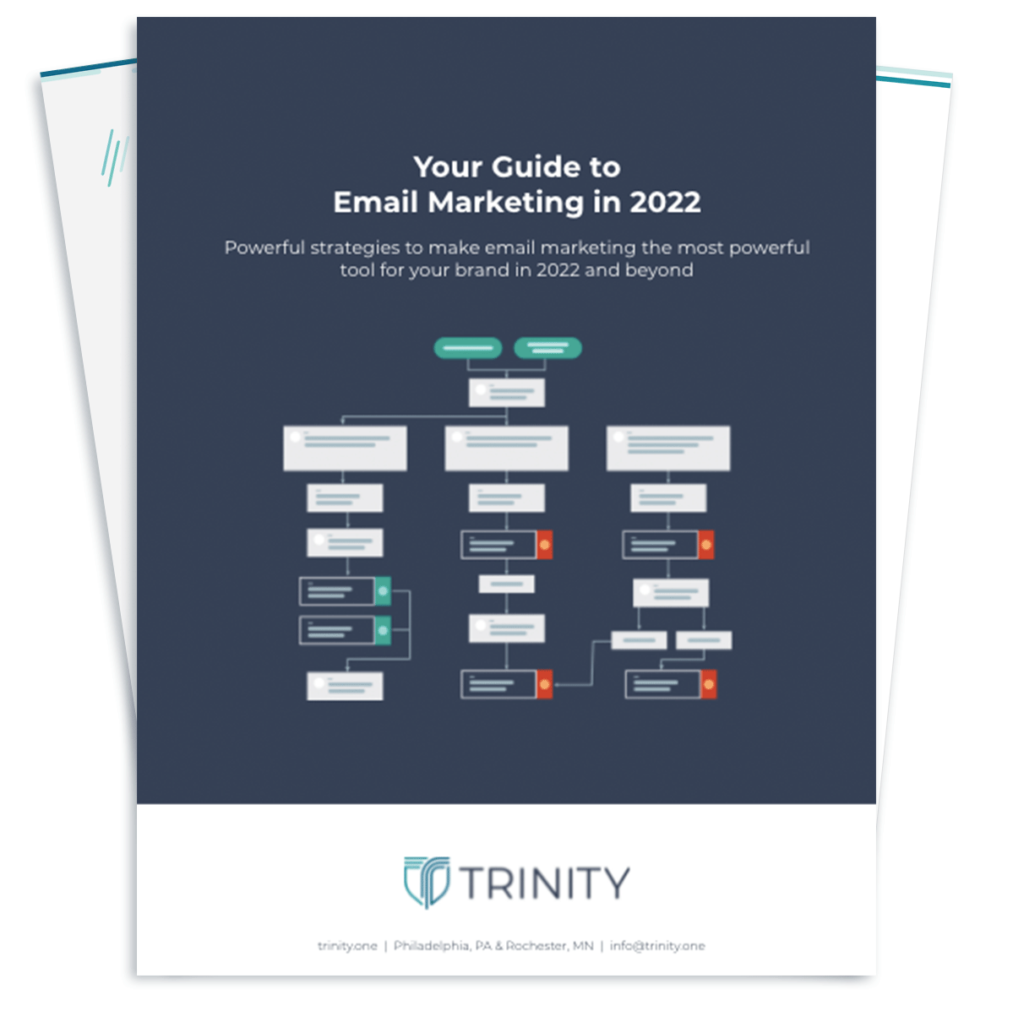Shoppers may not think about omnichannel unity, but when they see a disconnect between the shopping experience that they get online and in stores, they notice. Customers favor a smooth transition from what they see in person and on their screens and are often comparing the two simultaneously. They not only research products online before making a considered purchase, they also pull out their phones for more information while in stores.
Although this process is not present for all purchases, like groceries and packaged goods, it does impact a significant range of industries and has proven to spark sales. According to eMarketer, the number of mobile shoppers in the U.S. jumped from 23 million in 2013 to 145.9 million in 2014. However, just about half of these users actually complete a transaction, which explains why you may see high shopping cart abandonment rates. eMarketer estimates that mobile will make up only 1.6 percent of total U.S. retail sales in 2015, while an October 2014 Placecast survey revealed that just 14 percent of smartphone owners intended to buy anything from their cell for the 2014 holiday season.
So what are customers doing with their phones? The majority of Placecast respondents (39 percent) planned to use their devices to Google a product to find a local seller. Others simply wanted to snap photos of potential gift ideas and share it with friends (38 percent), while 33 percent were on the hunt for a coupon.
Mobile optimization is still crucial as customers’ research does result in in-store conversions. Without a strong mobile presence, you can’t guide shoppers to your brick and mortar business. A March 2014 Nielsen study showed that between 70 and 80 percent of American smartphone or tablet users planned on or had already bought something related to the searches they’ve done on those devices. Many consumers won’t even make a purchase without first consulting the web, with more than 40 percent of respondents saying that a smartphone or tablet is the most important form of media for their buying decision.
These mobile tendencies are prevalent across all age groups, so this omnichannel trend isn’t going away any time soon. This year, comScore reported that 35 percent of American internet users visited a store as a means to view a product in person before buying it online. Such showrooming occurs with nearly 50 percent of millennials and 28 percent of shoppers 65 and older.




